Our top 10 of the greatest Italian Coachbuilders


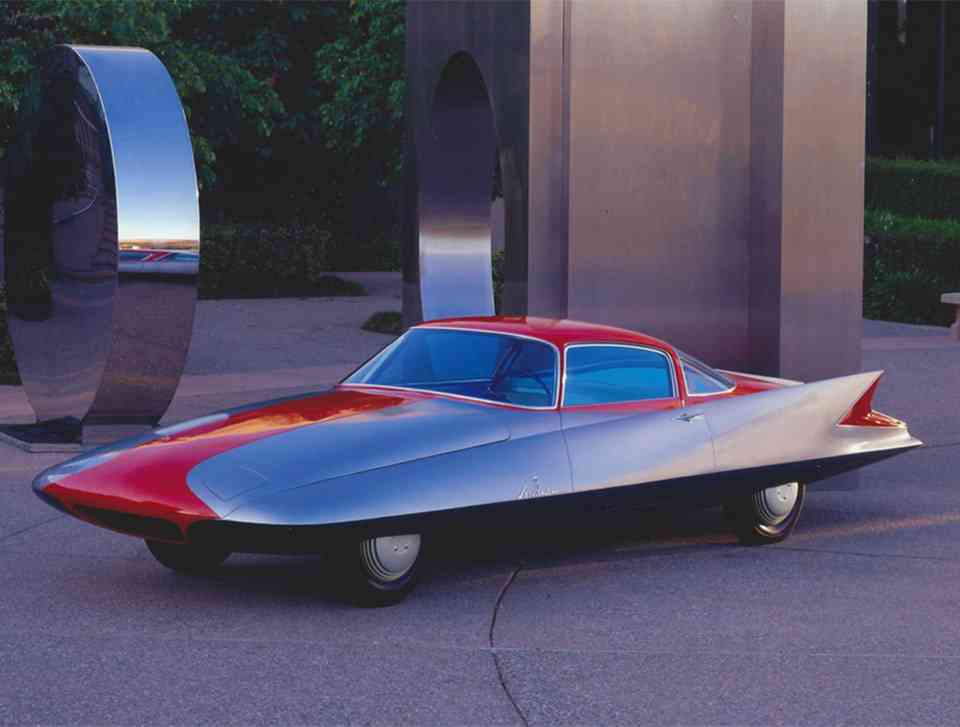
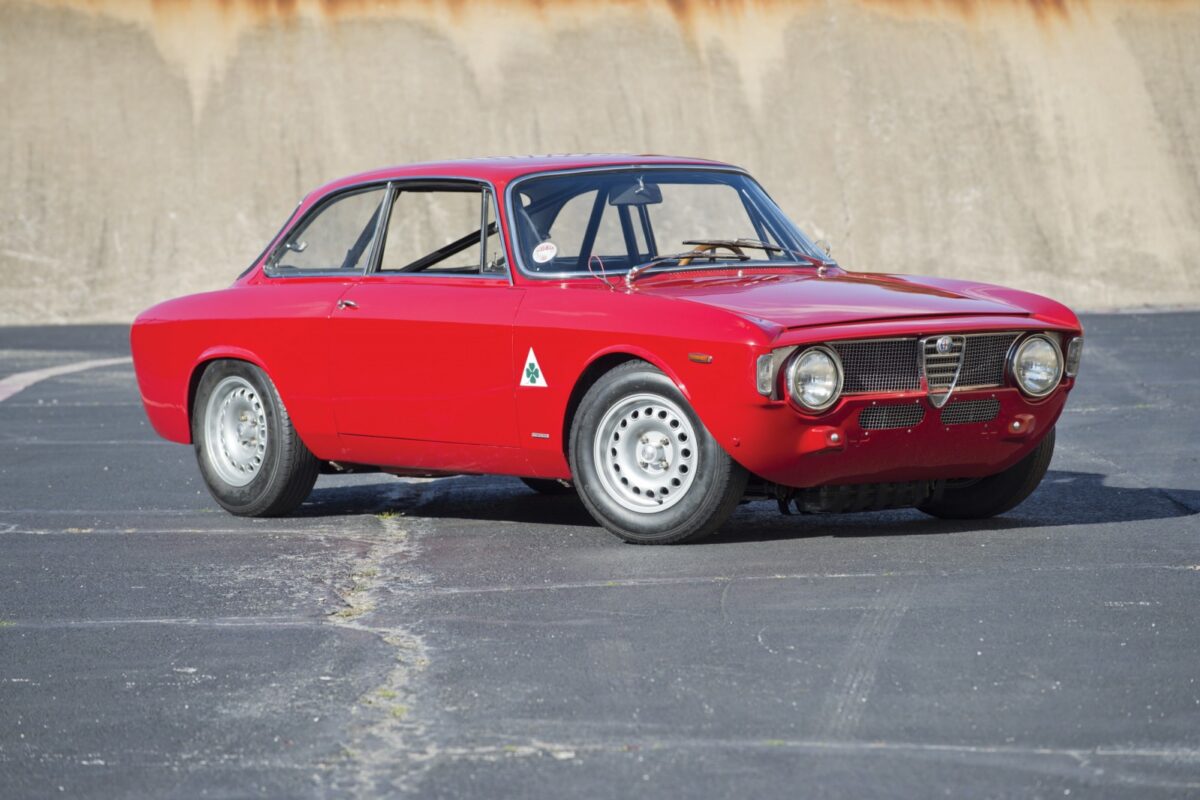
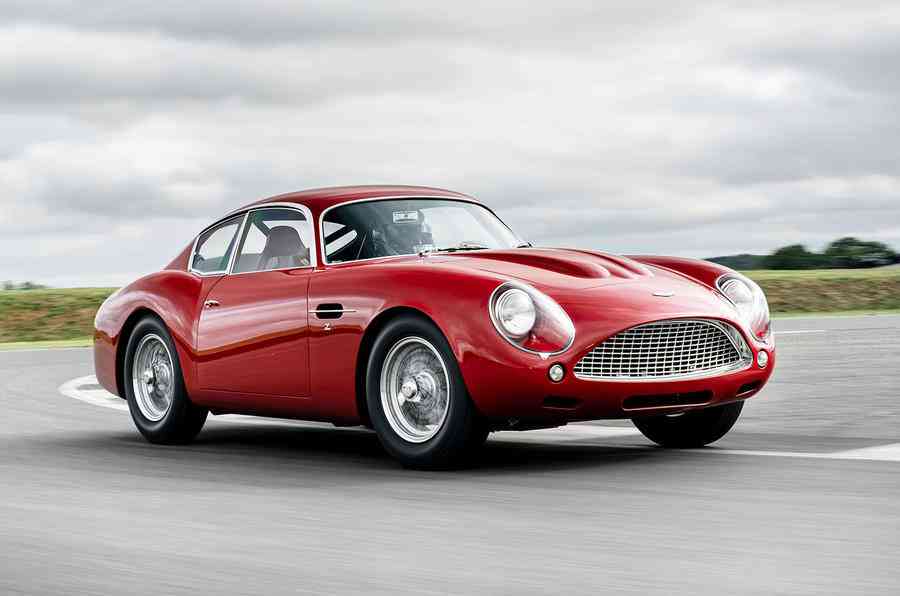
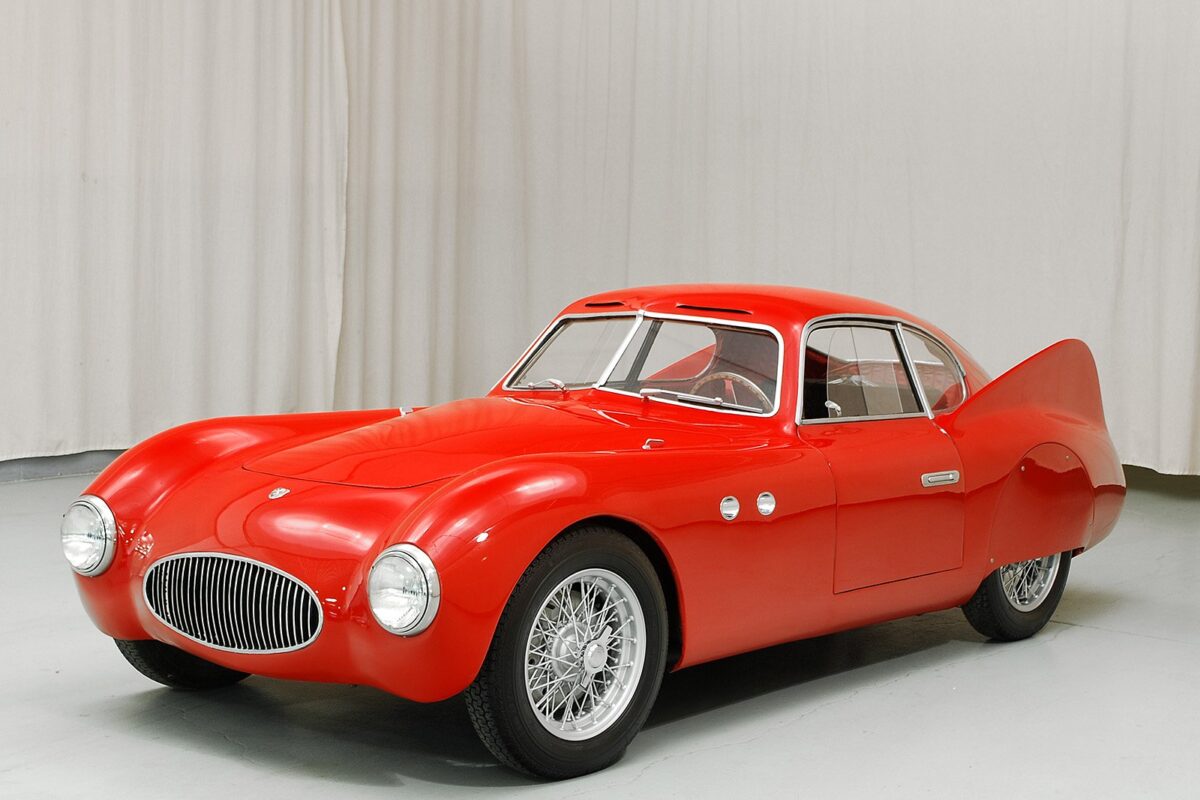

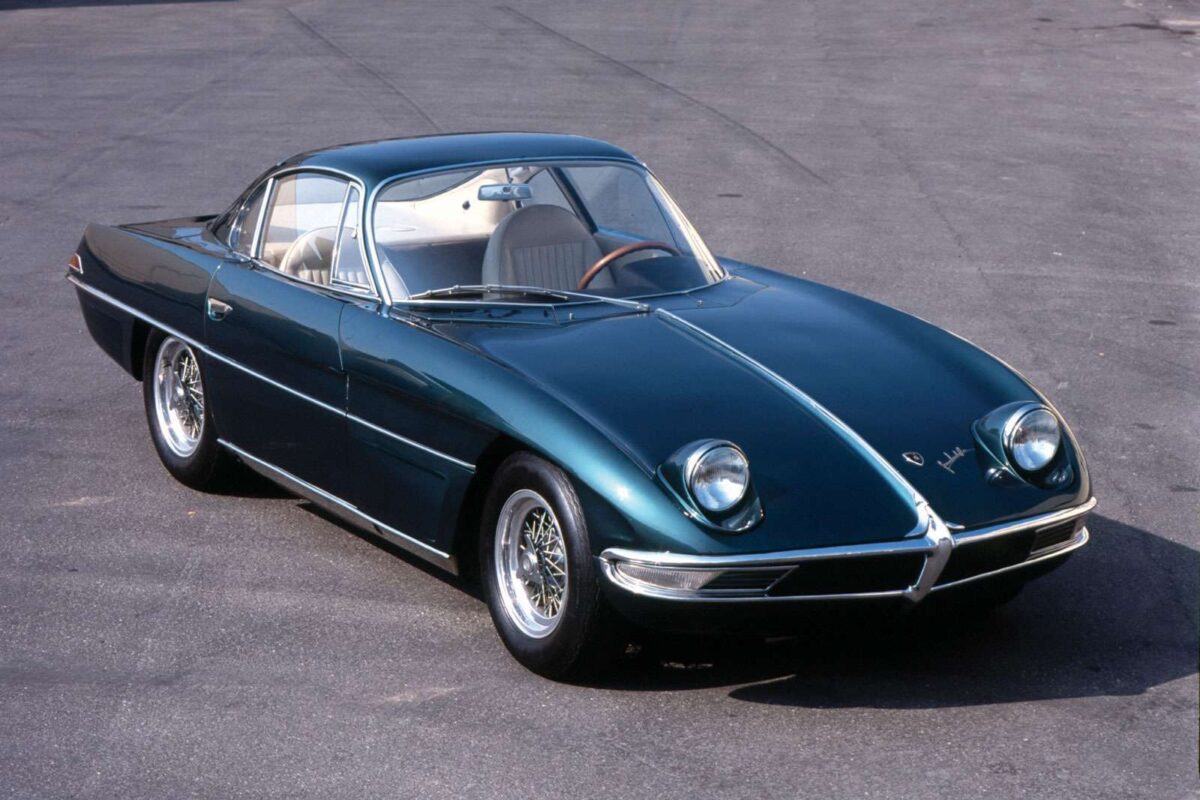
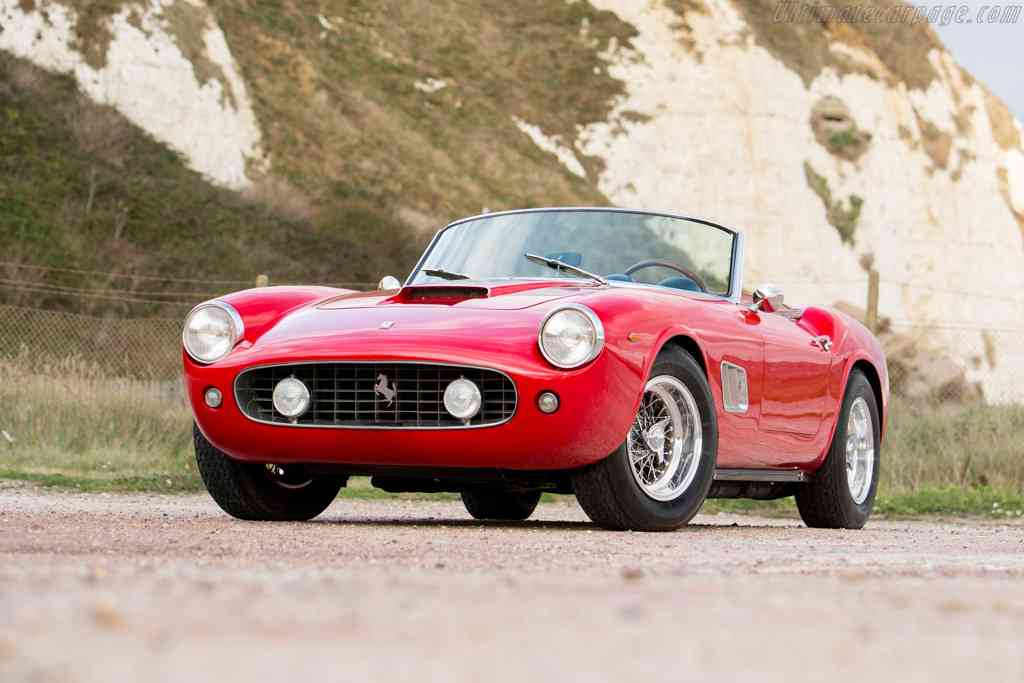

Whether it’s tiny workshops or famed design houses, the coachbuilders of Italy are responsible for the majority of history’s most beautiful cars – from one-off specials to the mass-produced stunners. We’ve made a list of our top 10 favourite Italian Coachbuilders, what is your favourite from our list?
Carrozzeria Touring Superleggera

Founded in 1926 during the golden era of automotive coachbuilding, Carrozzeria Touring soon became known for its elegant and well-proportioned lightweight bodies, which used an aluminium skin atop a tubular frame, and bore the evocative Superleggera name. Though the company closed in the 1960s, in 2006 it was reborn, and today produces limited Superleggera sports cars adhering to the classic design principles once again.
Scaglietti

Carrozzeria Scaglietti was an Italian automobile design and coachbuilding company active in the 1950s. It was founded by Sergio Scaglietti in 1951 as an automobile repair concern, but was located across the road from Ferrari in Maranello outside Modena, Italy.
Scaglietti gained Enzo Ferrari’s trust and respect both through his bodywork and design skills and for providing a retreat for young Dino Ferrari. Their professional relationship began when Ferrari asked Scaglietti to repair and modify race car bodywork in the late 1940s, which was soon followed by orders for full car bodies in the early 1950s.
The car designer and coachbuilder Sergio Scaglietti created of some of the finest and most beautiful cars ever built.
Touring of Milan
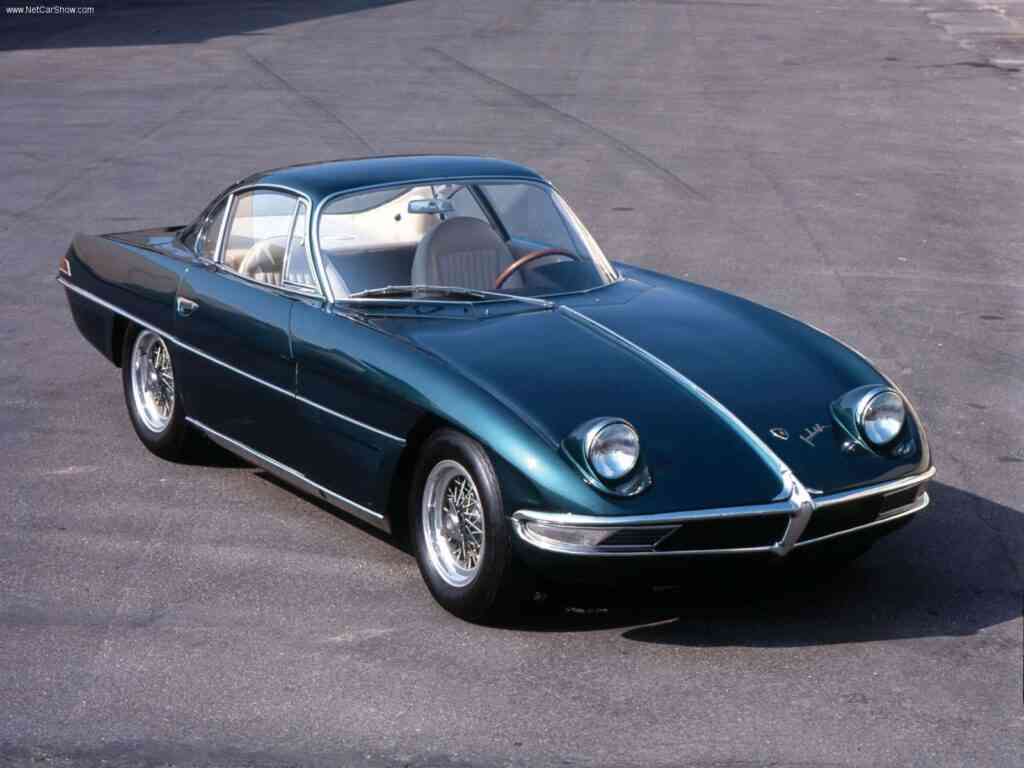
Falco was a pretty talentless outfit until Felice Anderloni and Gaetano Ponzoni arrived in 1925 and renamed it Touring, using the English word to symbolise the stratum of bodies they intended to create – including the Alfa 8C-2900B Le Mans Berlinetta.
“Weight is the enemy, air drag is the obstacle,” declared Anderloni – and his Superleggera method mirrored that, wrapping aluminium panels over a tubular steel skeleton.
Paired with a rare gift for elegant styling, this made for a series of aerodynamic stunners.
His son Carlo took the reins after the war, and would continue his father’s incredible work, penning such legendary machines as the Aston Martin DB4, the Lamborghini 350GTV prototype and the Jensen Interceptor – until 1966, that was, when it went bust trying to make Rootes cars for Italy.
Vignale

Alfredo Vignale dropped out of school in 1924, aged just 11 – and so he had to learn his craft the hard way. He opened his own shop in 1945 and it was nothing if not prolific, freelance workaholic Giovanni Michelotti flourishing under Vignale’s tough leadership to create a raft of ’50s design classics for compatriot companies.
Among the firm’s most famous efforts were special-bodied Fiats from the 1960s, including the 124 Eveline and the truly unique 500 Gamine.
By the late ’60s, after crafting a shell for the Lancia Flavia, Vignale was relieved to sell his works to upstart marque De Tomaso. Its experienced – if militant – staff was needed to make the bodies for the astounding Pantera, a Lambo rival bankrolled by Ford.
Alas, he had just three days to enjoy his bounty from the sale before his Maserati was involved in a fatal smash.
Pininfarina
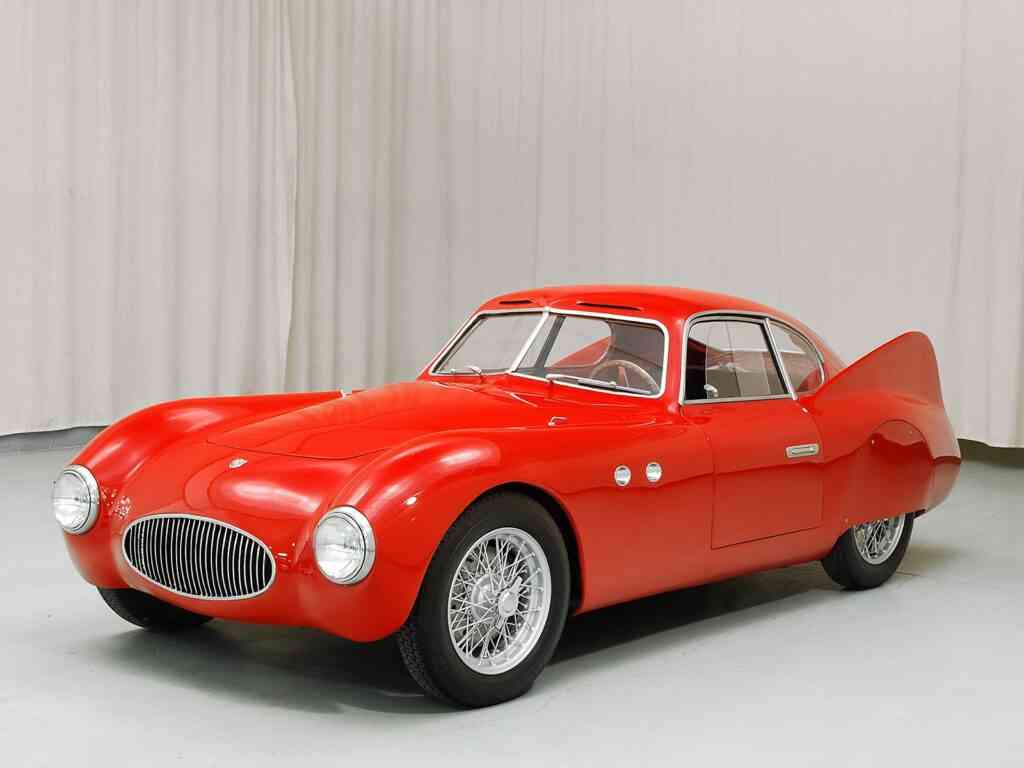
Pretty much the only traditional Italian coachbuilder to survive and prosper, Pininfarina today sees its future in creating own-brand cars with electric underpinnings.
That’s quite the step-change from a glorious past crafting incredible sports-car shells for Alfa Romeo, Fiat and Lancia, building and shaping the lion’s share of Ferraris, and selling its tastefulness to Peugeot.
And it all began back in 1930, when Battista Farina split from his brother’s coachbuilding company, where he’d been chief designer. A reputation for good quality and elegance – epitomised by the 1947 Cisitalia 202 and the Lancia Aurelia B50 of the early ’50s, both groundbreaking GTs – propelled the firm to success in the ’50s, with early consultancy work for Nash and Cadillac, then BMC.
Battista’s nickname ‘Pinin’ was added to the brand in 1961, with Italian government approval, to create the trademark – and, under its new moniker, the firm would go on to create such stunners as the Fiat 124 Sport Spider, the Ferrari 365GTB/4 and the seminal Berlinetta Boxer.
Oh, and a few bonkers concepts for good measure.
Zagato

Ugo Zagato’s carrozzeria, founded in 1919, has been responsible for more than 200 car designs – and their unmistakable shapes have afforded the firm near-mythical status in the classic car world.
Exquisite pre-war Alfas made its name, but it was the lightweight 1950s and ’60s cars that became the body of Zagato’s illustrious heritage – from the Lancia Fulvia Sport to the Alfa Romeo Giulia TZ to the fabled Aston Martin DB4GT– before its later geometric efforts.
Zagato’s signature double-bubble roof has become a symbol of stunning design, appearing on everything from the Fiat-Abarth 750 to five custom Ferrari 250GTs – but that alone wasn’t enough to keep the bankers at bay.
Difficulty finding contracts drove the Milan factory to near-bankruptcy in 1993. Since then, it’s continued as a design consultancy and lent its pen to a host of firms, including Aston Martin several times over, and crafted countless wild concepts of its own.
Bertone
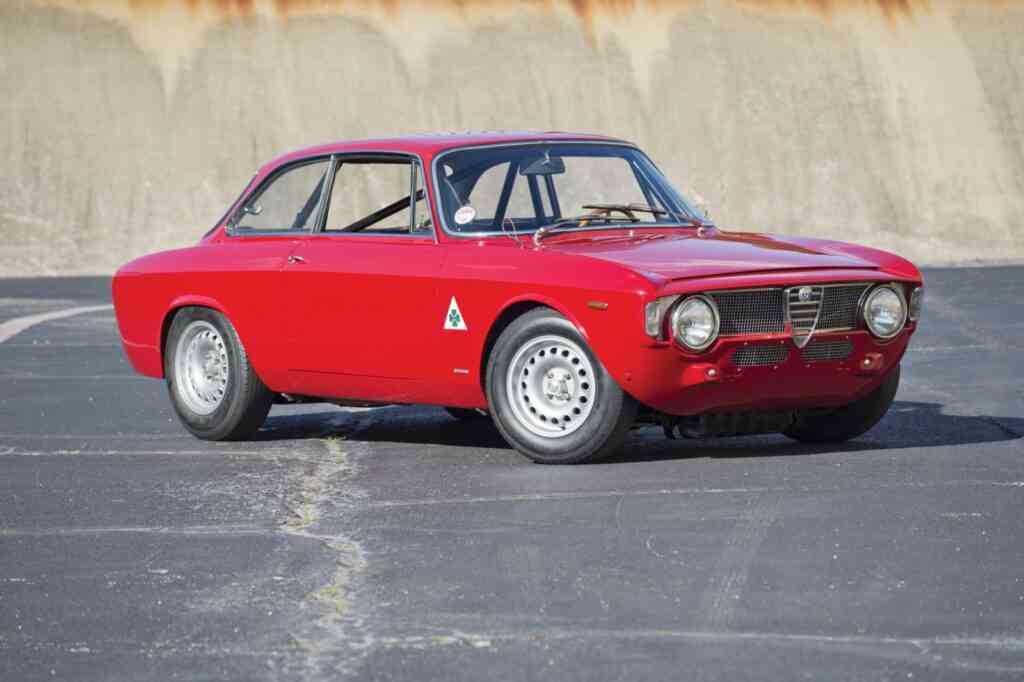
Bertone has suffered a tough time over the past two decades: adrift and ailing since Nuccio Bertone’s death in 1997, it was bought by Fiat in 2009 before further woes saw much of its treasured collection sold off to raise funds. Quite the sorry fate for one of history’s greatest coachbuilders.
Founded by Giovanni Bertone, the metal-bashing firm’s first complete car body was made for SPA in 1921 and, over the next few decades, it would craft some truly opulent stunners on Fiat and Lancia chassis.
It was 1954, though, that would see the transformation of the name: son Nuccio secured a deal to mass-produce the Alfa Giulia Sprint. Cue rapid industrialisation and the elevation of Sprint stylist Franco Scaglione to artist status – as would later happen to his successors, Giorgetto Giugiaro and Marcello Gandini.
And despite a raft of showstopping concepts – BAT, Alfa Canguro, Jaguar Pirana, Stratos Zero, Citroën Zabrus, Lamborghini Marzal – Bertone’s prototypes have often been outshone by its production fare, from the Countach to the Lancia Stratos. Poster cars, one and all.
Ghia

Giacinto Ghia established his famed coachbuilding firm in 1931, specialising in wooden frames. Four years later, he was turning out 10 handmade shells a month. Unfortunately, things took an sad turn during the war: the factory was bombed and Ghia died in 1944 – but it wasn’t the end for the house that bore his name.
Revived in 1946 and run in the ’50s by the feisty Luigi Segre, Ghia set about building one-offs and short runs based on Chrysler components – from the rakish L6.4 to the bonkers Gilda Streamline X Coupé.
Ghia’s designers also got busy with commissions from other big names, including a VW job that led to the beautiful Karmann-Ghia – a ’50s vision of sporting elegance. Come 1973, then-owner Alejandro de Tomaso – yes, he of Pantera and Mangusta fame – sold the firm to Ford.
Three production Blue Ovals bore Ghia bodies over the years – the original Fiesta, the glassfibre RS200 and the SportKa – as did a slew of concept cars up to 2001. The historic name was finally axed by the American marque in 2010, having been reduced to little more than a trim badge.
Frua

Born in 1913, the portly Pietro Frua had a huge appetite – not just for lunch but also for a lifetime of hard design work.
Trained at Stabilimenti Farina, by 1944 the Italian was an established coachworks owner – and it was his lovely Maserati A6 bodies that brought him to the world’s attention.
So much so that Ghia bought him out in the mid ’50s, securing his skilled, aluminium-savvy craftsmen and the Turin man’s sharp eye – both of which were deployed in the thorny design process of the Volvo P1800 and Renault Floride.
Those thorns would eventually prove too prickly: after a bust-up, Frua went independent again in 1958, operating a small-scale workshop for the next 10 years.
Standout designs from that blizzard of creativity include the Maserati Mistral and Quattroporte, the AC 428 and the Glas 2600. His last effort before his passing in ’83? A humongous Rolls-Royce Phantom.
Fissore

A firm of four brothers, the Fissore bunch honed their body-building skills together and, by the mid ’30s, they were working on trucks, buses and the occasional car.
Estate and hearse conversions followed after the war, but Fissore’s sporting breakthrough came with the arresting Osca-Fiat 1600GT in 1961 – built to the tune of just 24 examples, including the one that sold for £58k with Bonhams back in 2008.
That shapely shell brought the firm to the notice of De Tomaso, Elva, TVR/Trident and Monteverdi, whose exciting commissions pushed the craft of the obscure Fissore into the limelight.
Come 1971, Fissore launched the Scout beach car (pictured) – an open-top wagon based on the Fiat 127 – and it would be the last major launch until 1984, when the firm (now reorganised as Rayton Fissore) would reveal the Magnum, a Latin rival to the Range Rover.
The Vemag-DKW is the most famous car Fissore created– a compact saloon built in Brazil, where it’s still treasured as a rare local classic.
Read more on
We're on Twitter. Are you following us?
Check us out here.Related Stories
Advertisement Advertisement
Advertisement Advertisement
Advertisement

